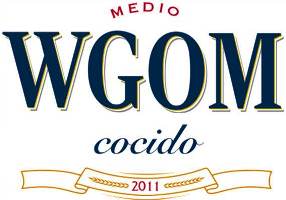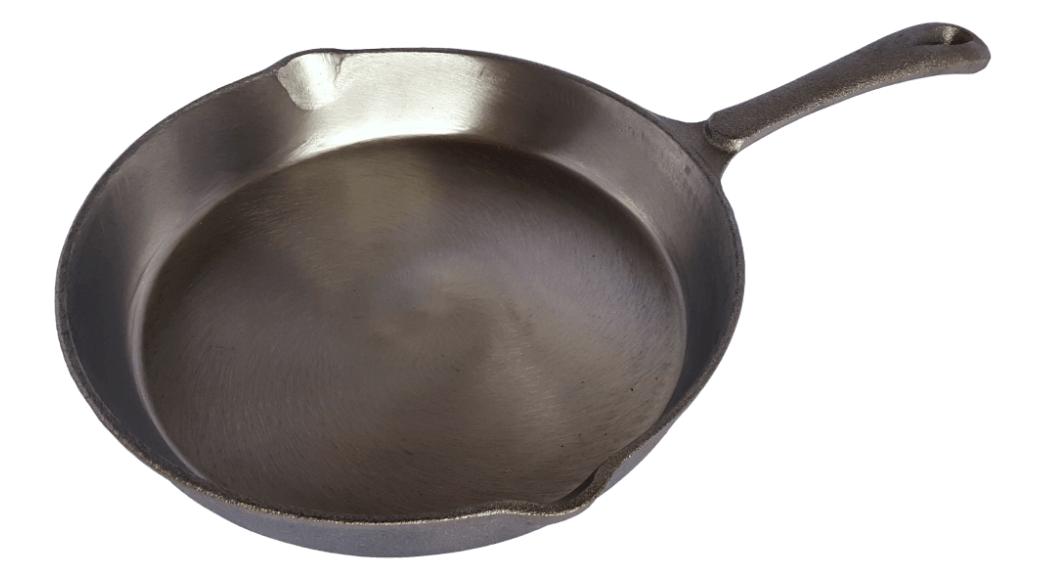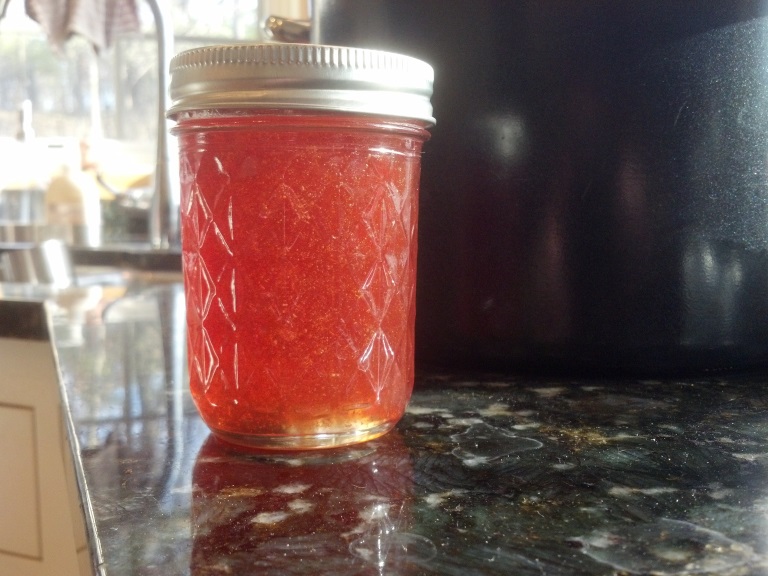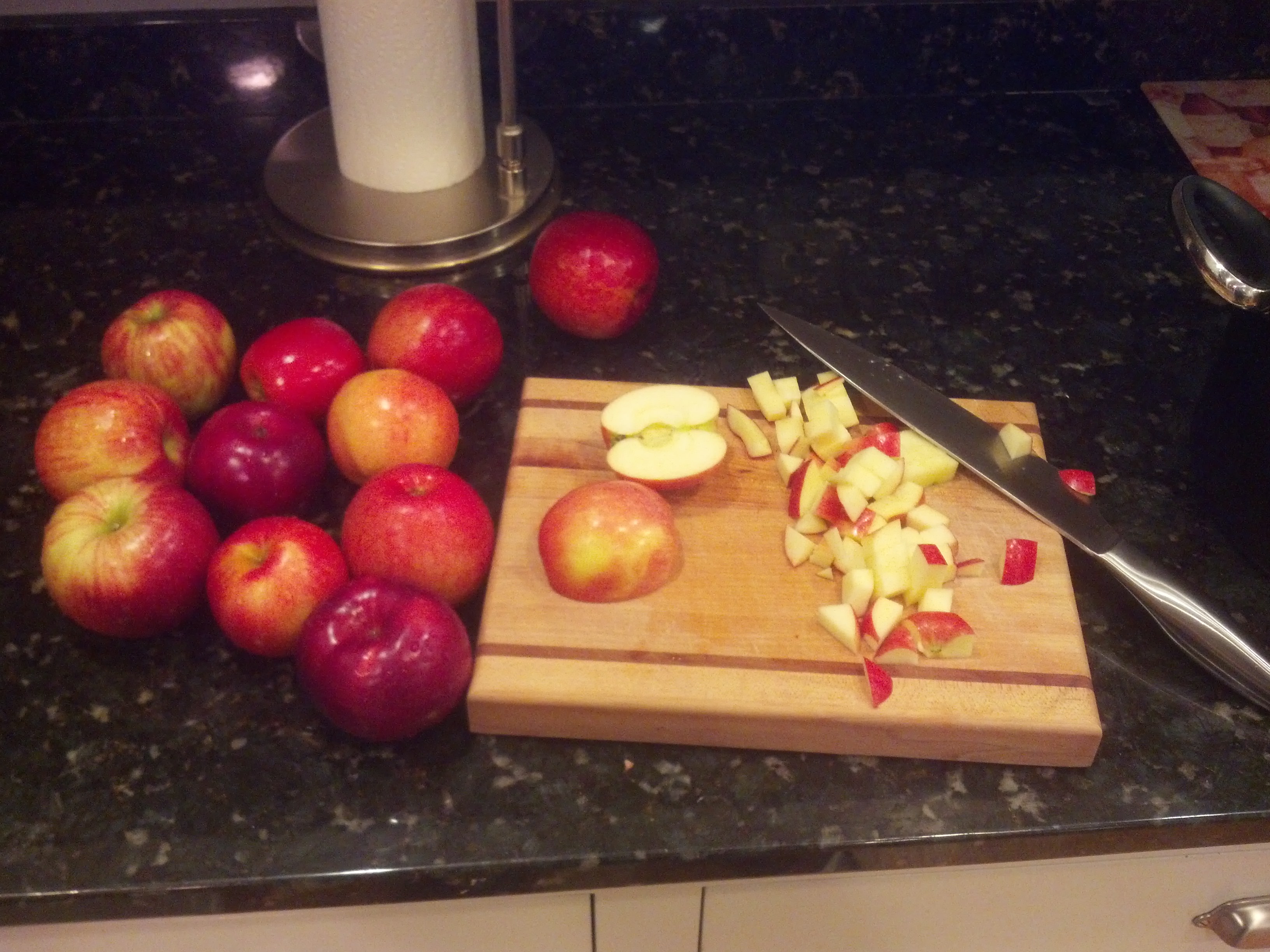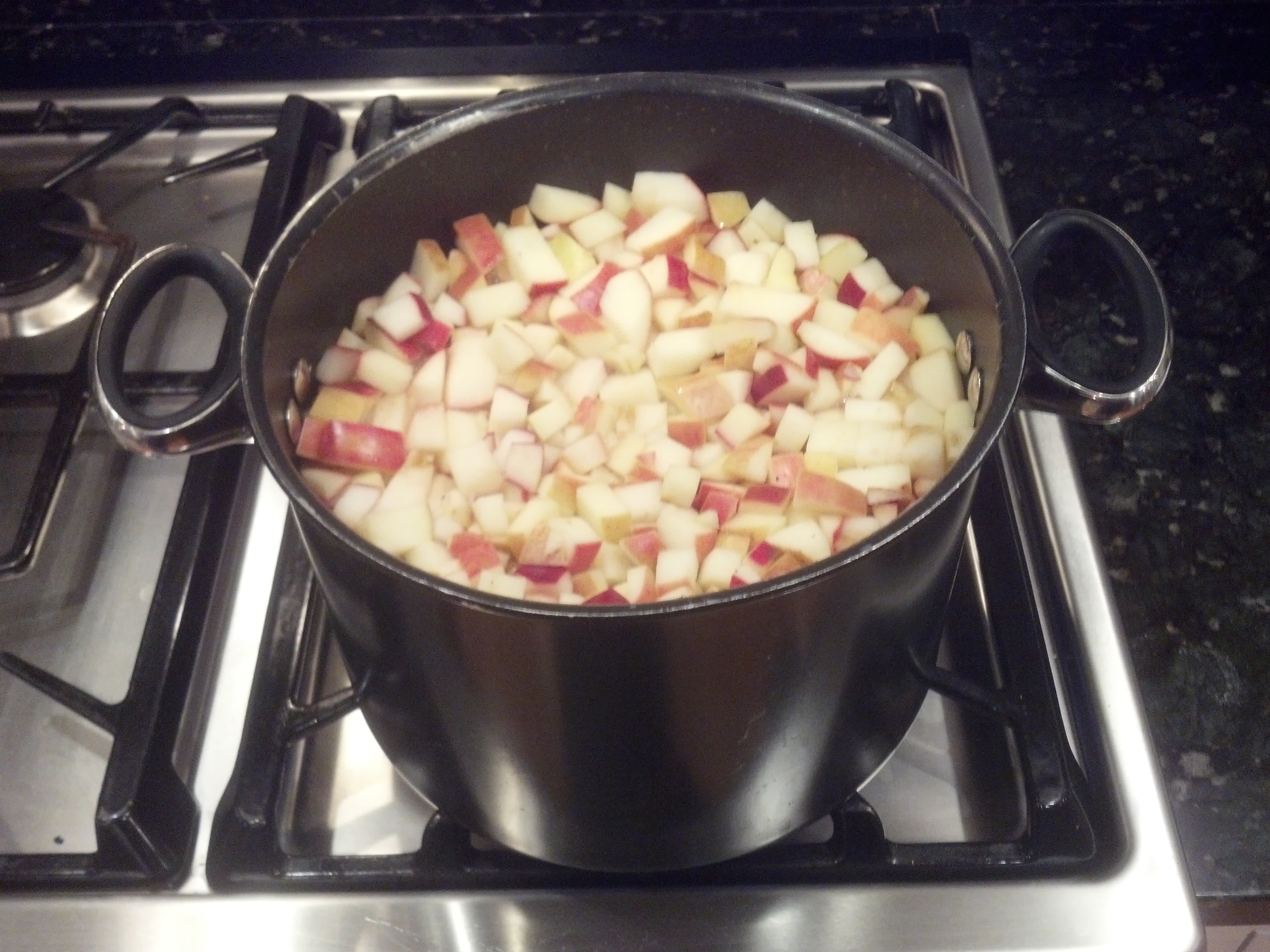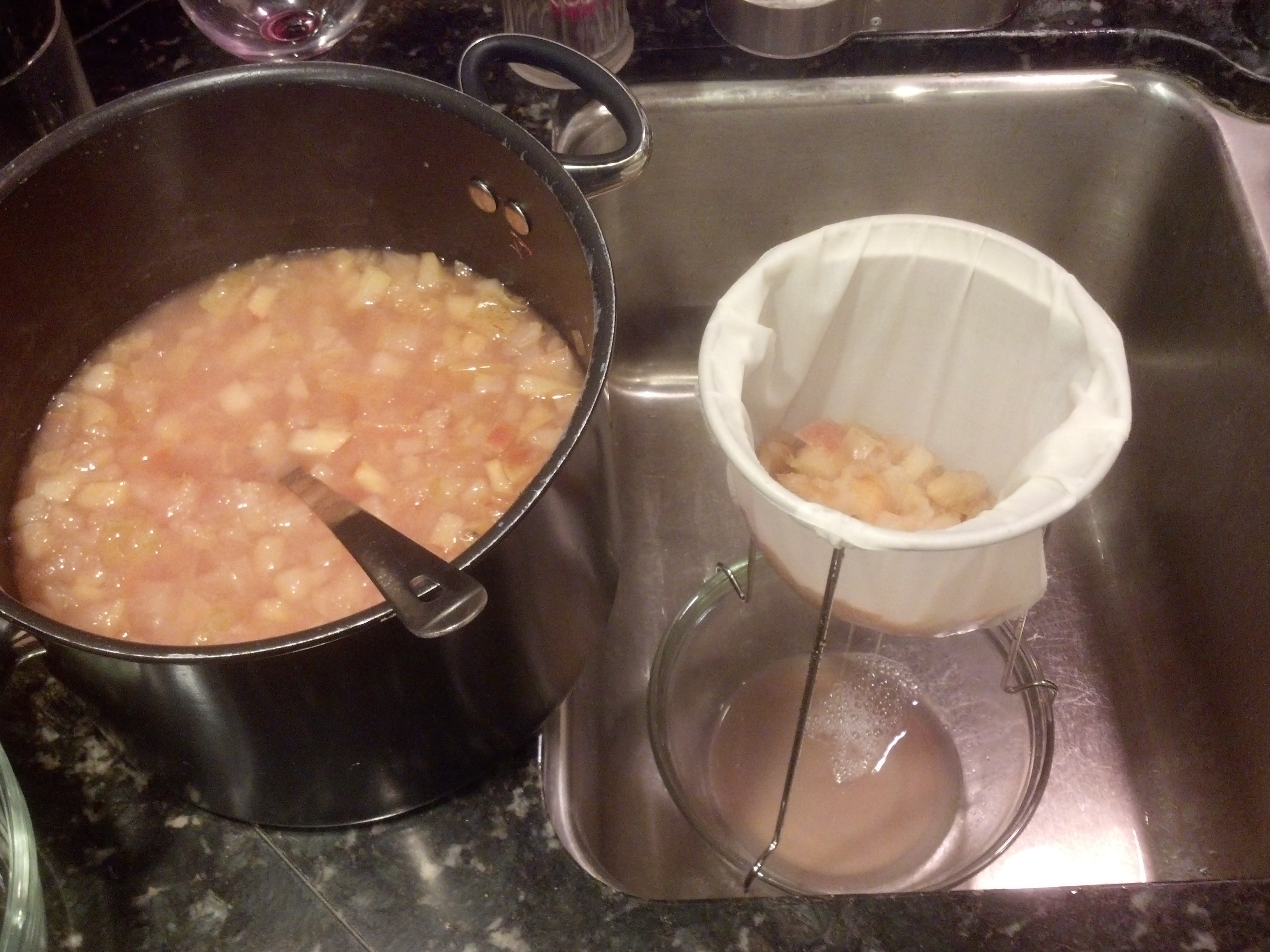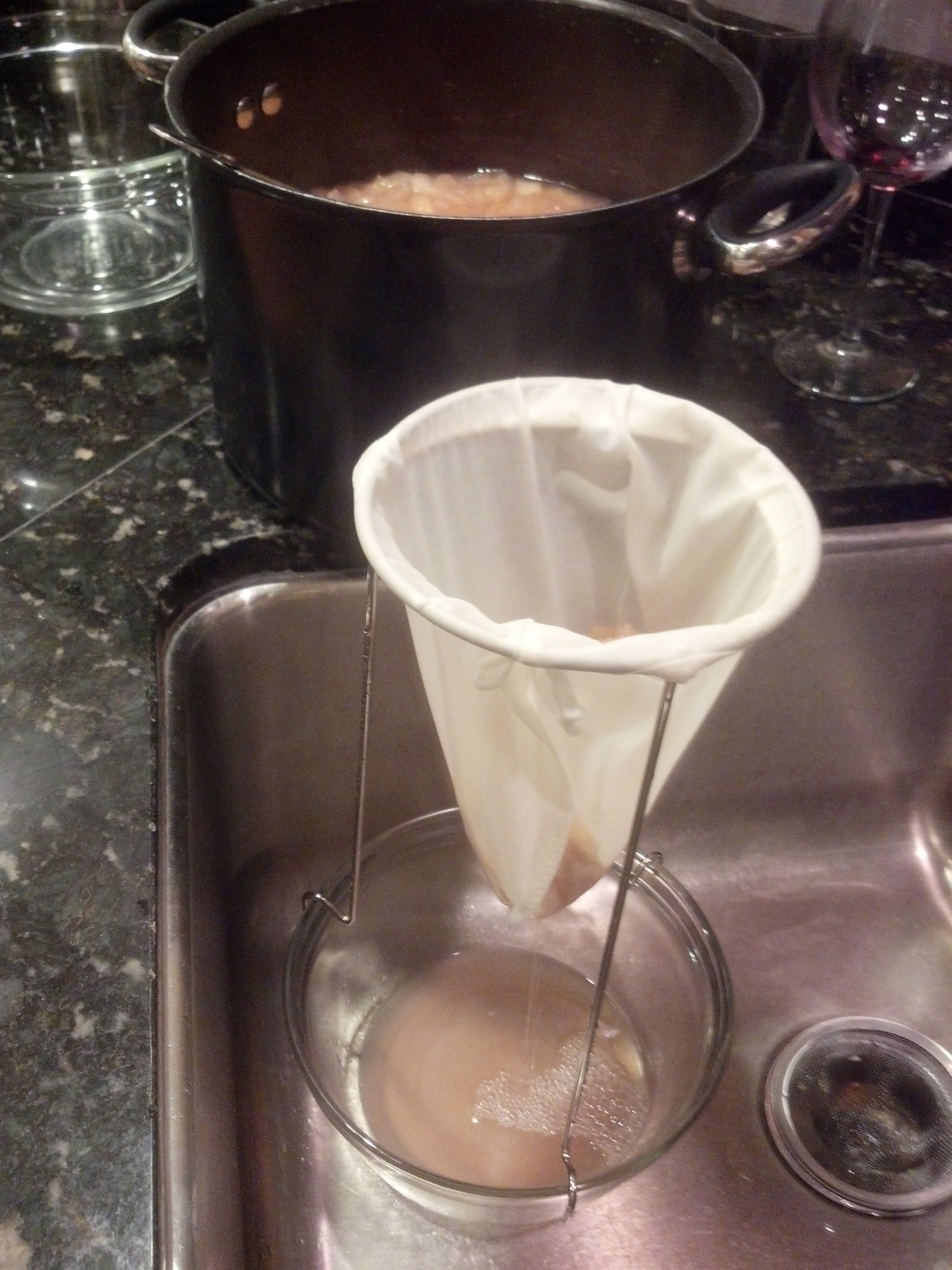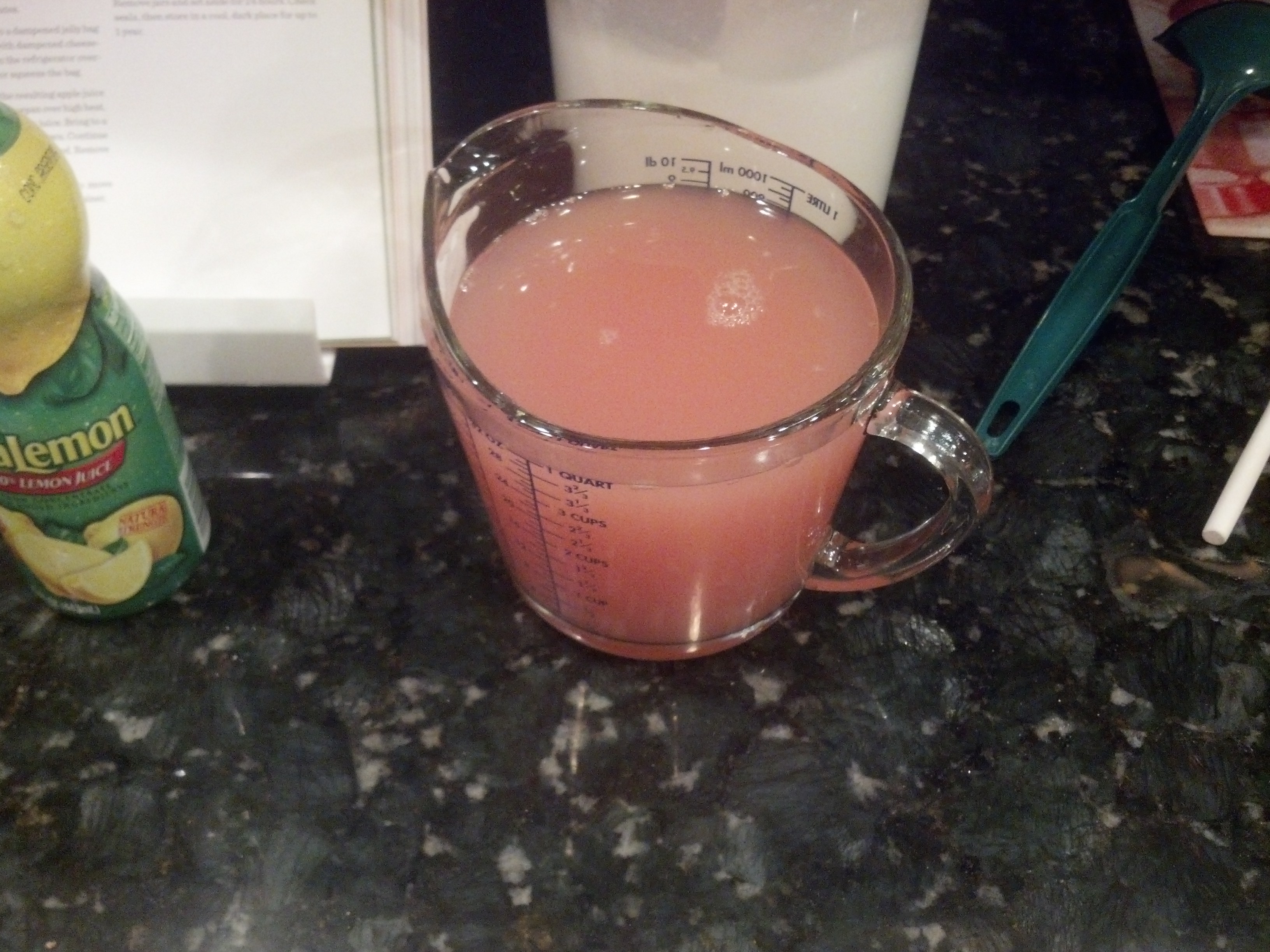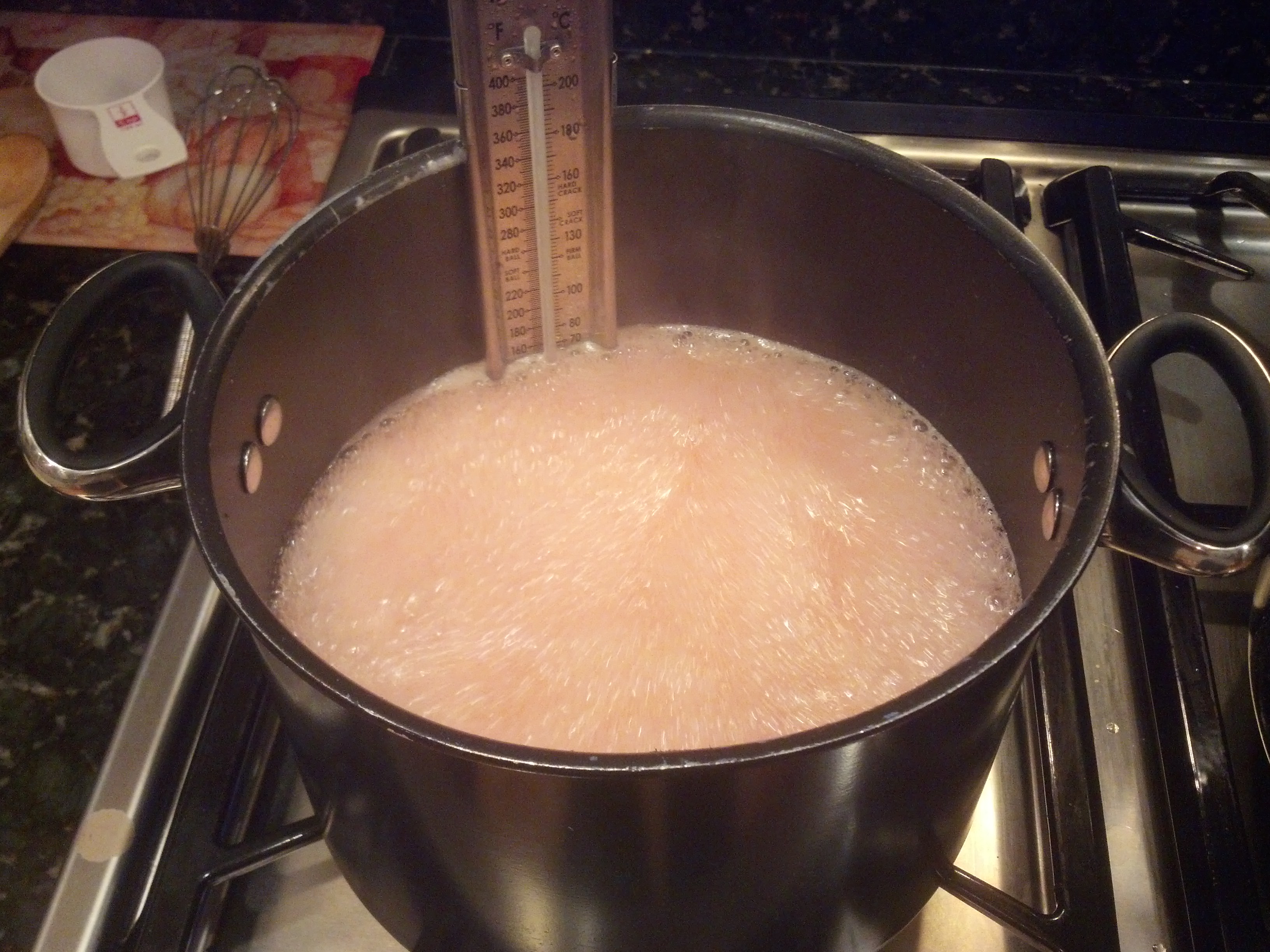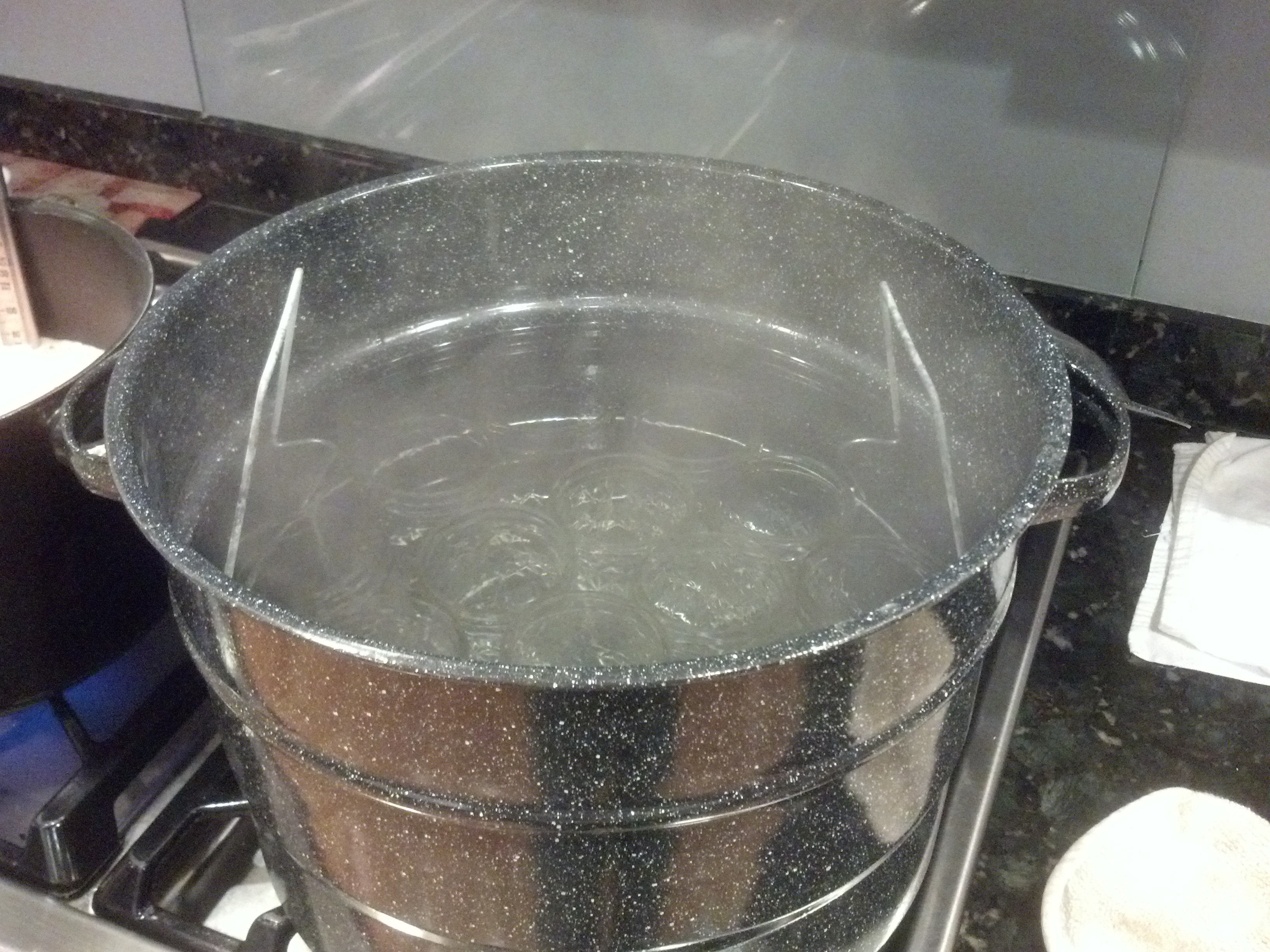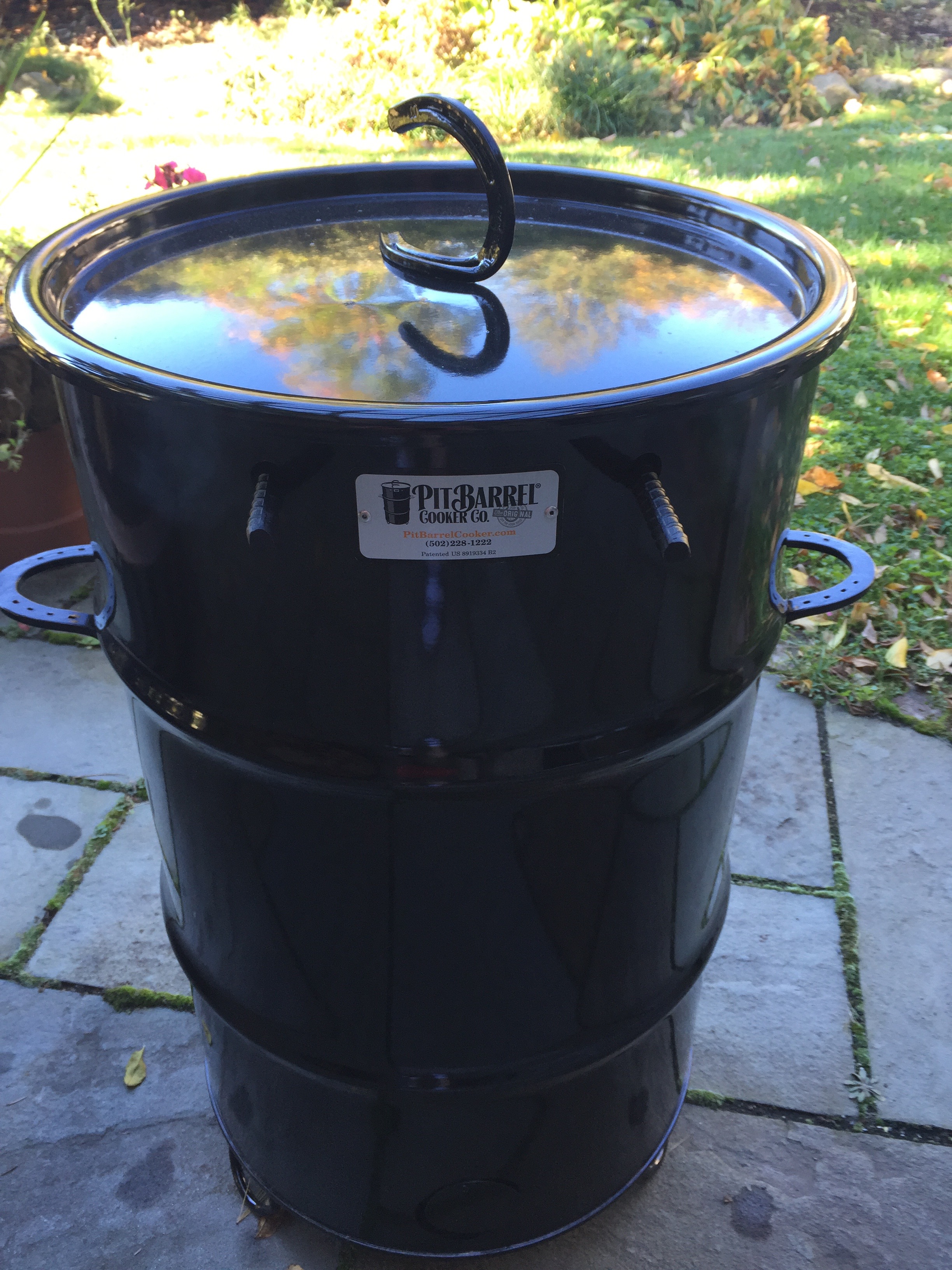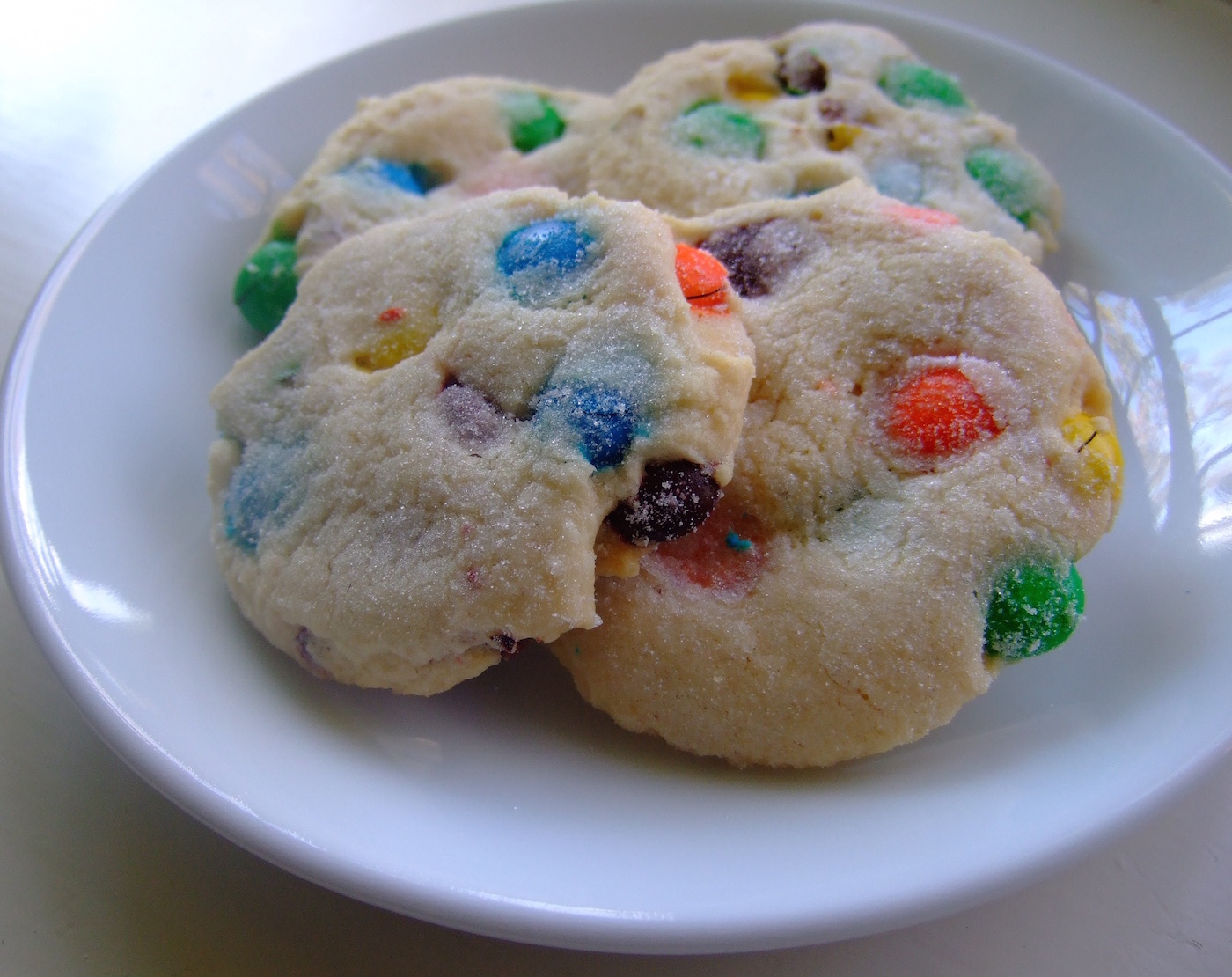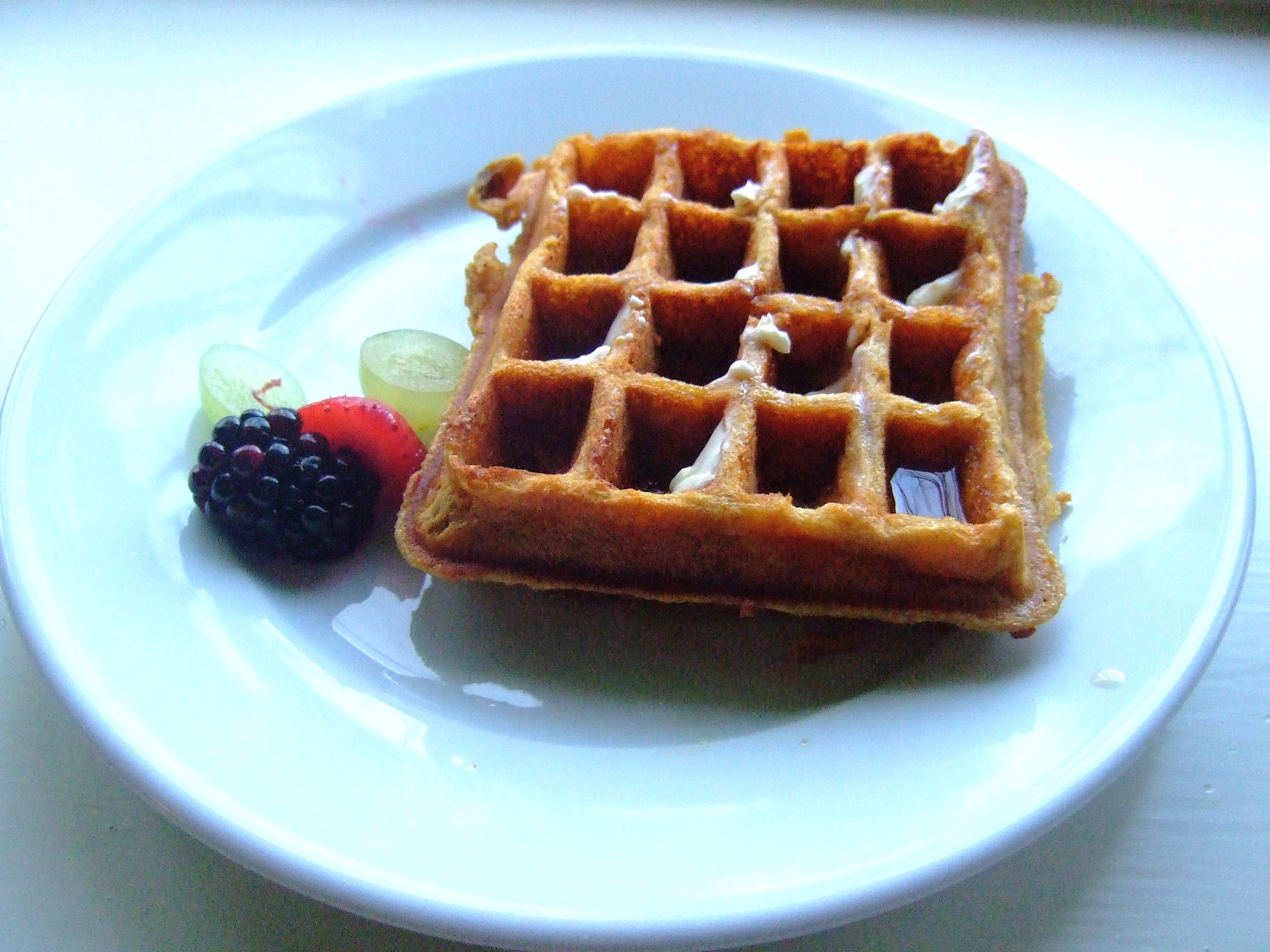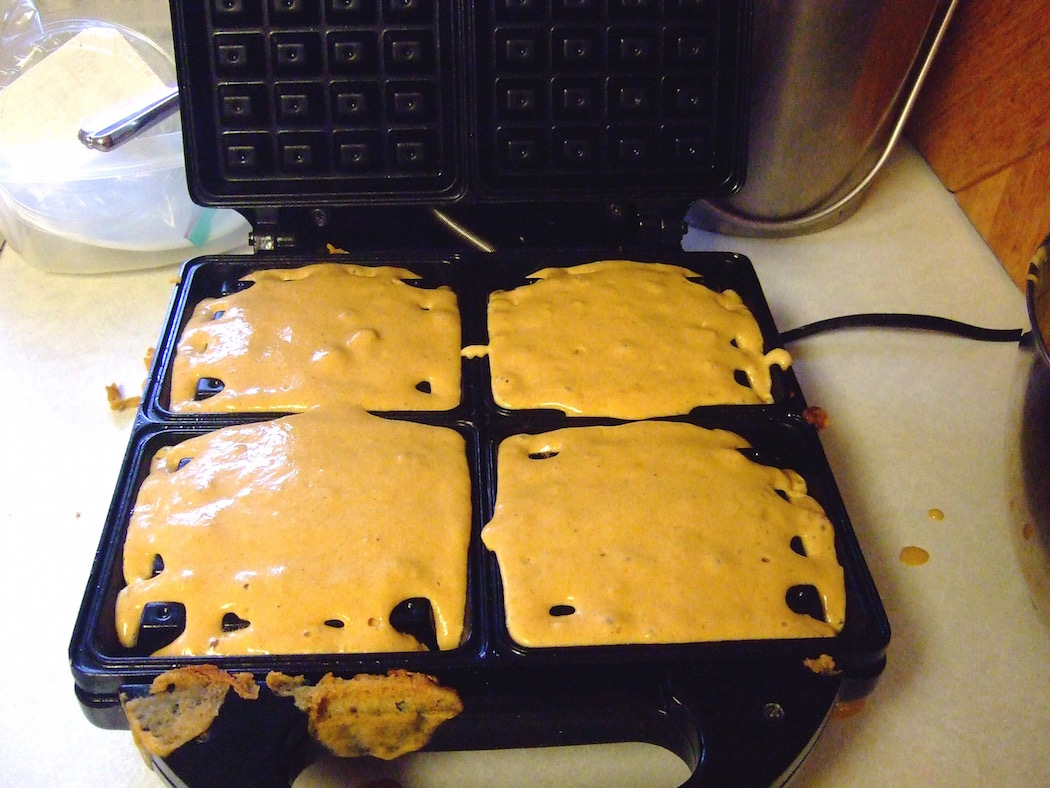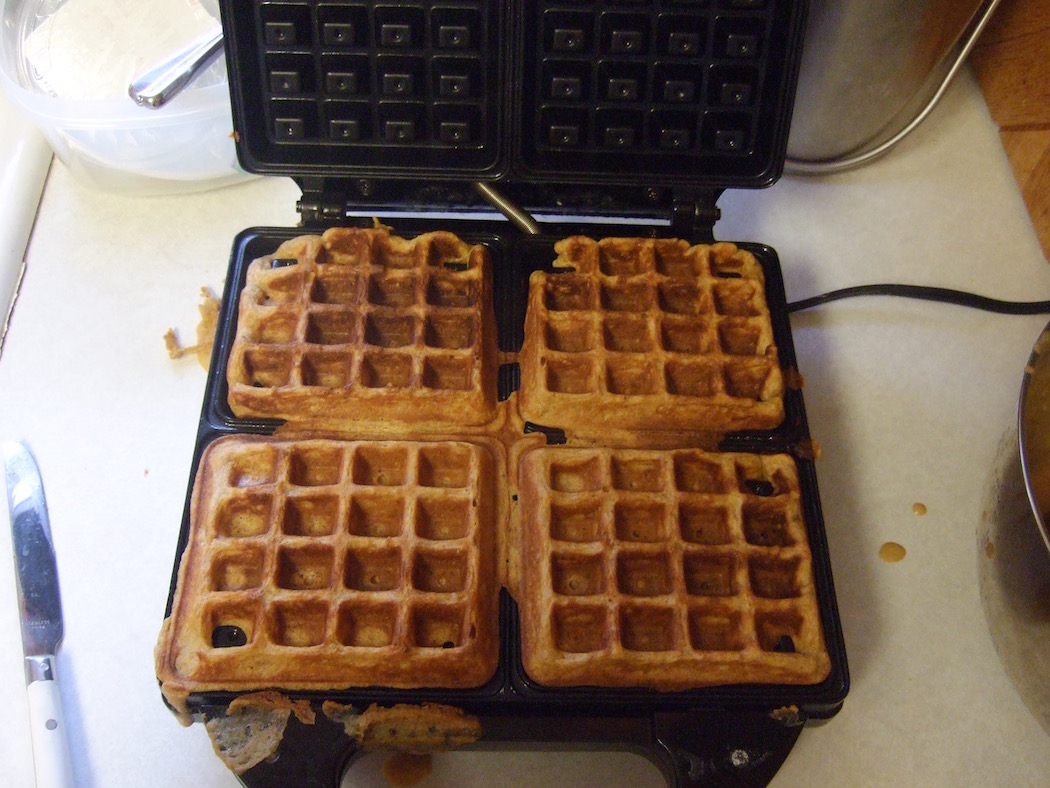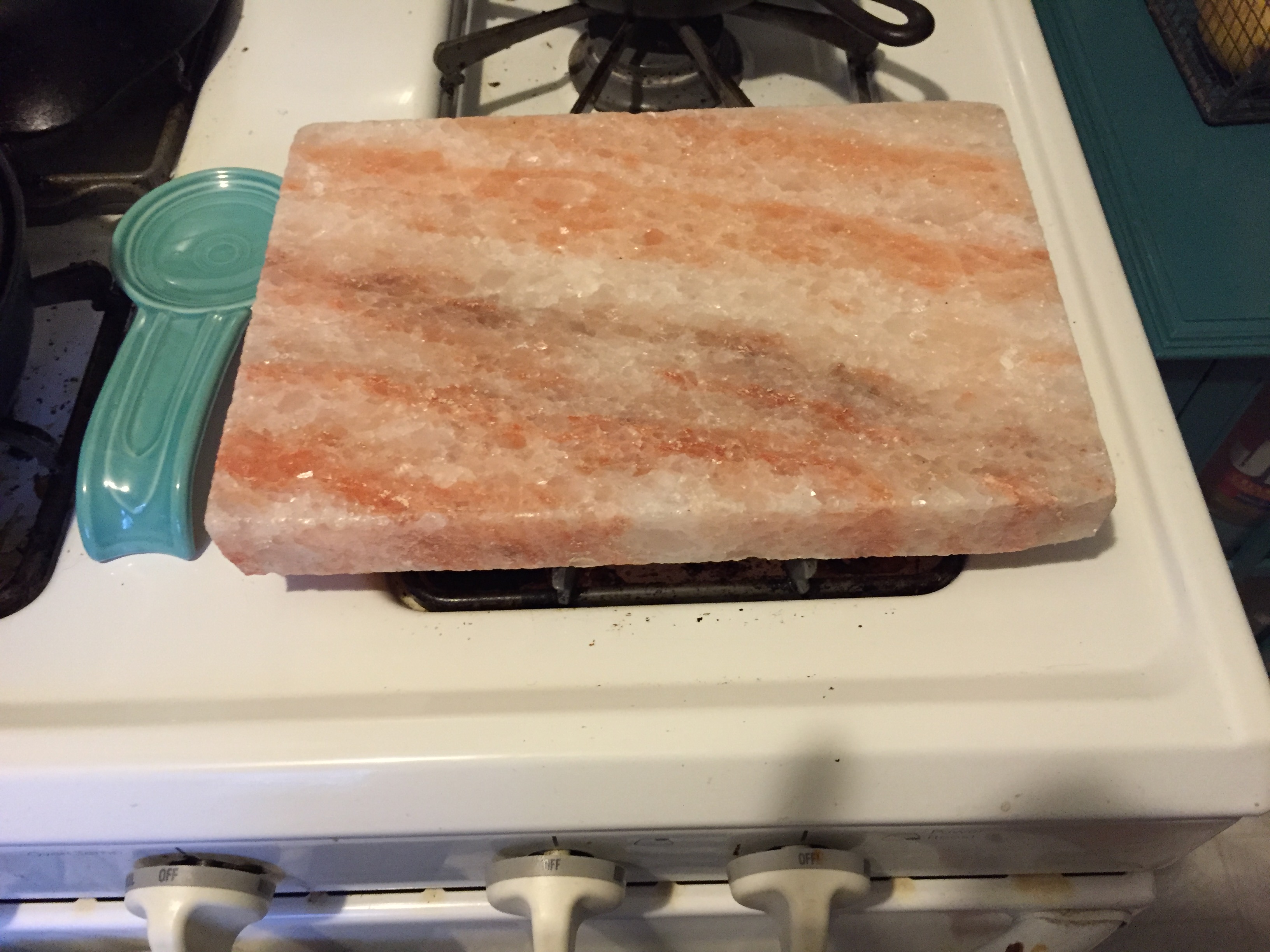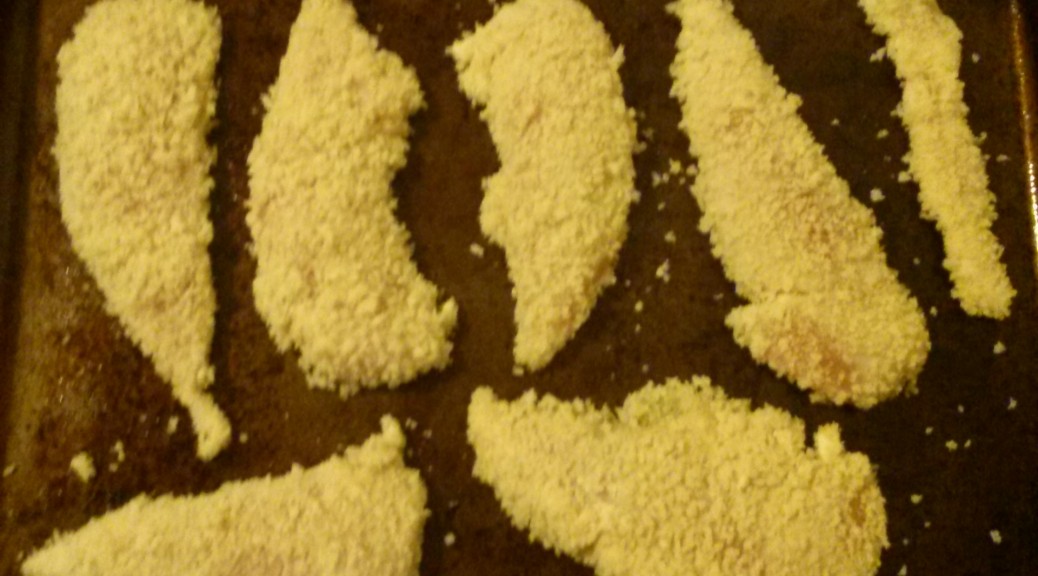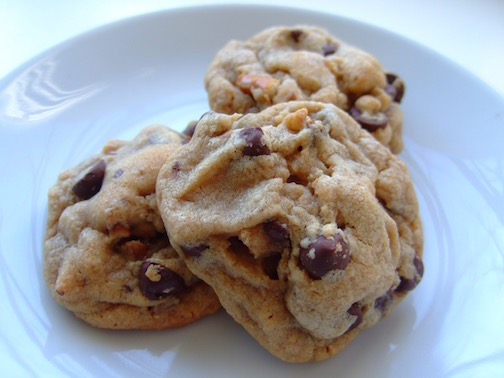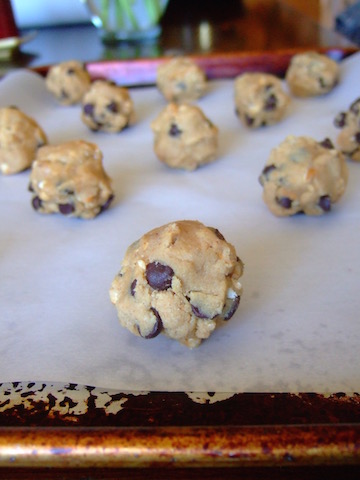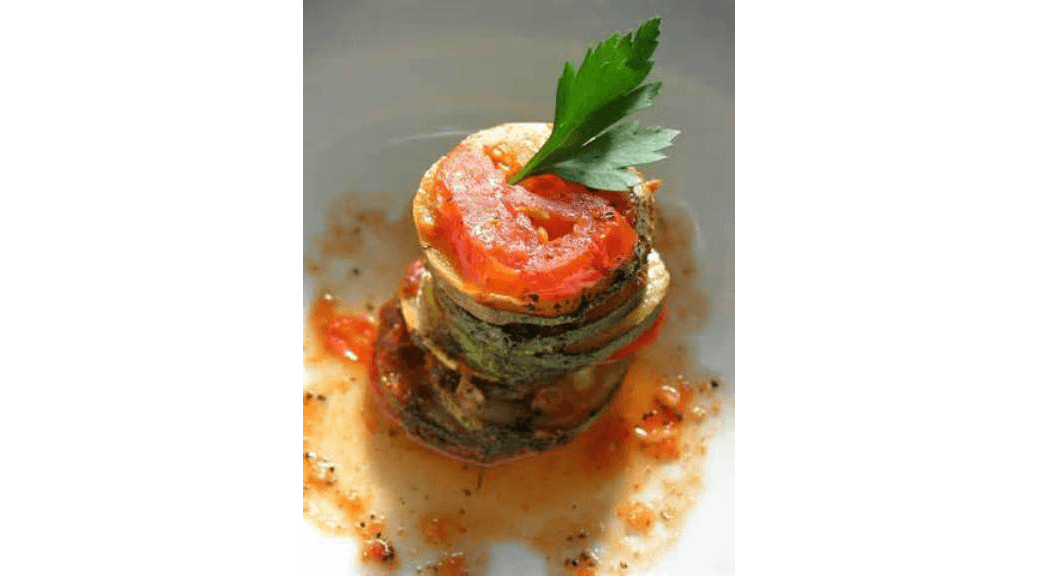In the interest of expanding my waistline and hardening my arteries, I decided I would take a swing at making cassoulet, inspired by a recent NYT recipe. (as it happens, this is a topic that the NYT returns to again and again and again and again and again; apparently, they really want their readers to make cassoulet).
anyway, I had already purchased the ham hocks with a vague plan to make either split pea soup or navy bean soup, so I was part way there. I picked up a package of chicken legs (to make confit), a turnip, rutabaga, small can of tomato paste, a bucket o' lard, and a bag of Great Northern beans. The rest, I had on hand.

Step one was the confit.
I rubbed the chicken legs with a spice mixture vaguely in line with the recipe (ground cardamom, ground coriander, ground clove, ground nutmeg, paprika, cayenne, salt; I forgot the white pepper and the ground ginger) and settled them into my cast iron dutch oven (in which I'd melted about 2 lbs of lard) along with an unpeeled, whole head of garlic, a sprig of rosemary from the garden, and a few bay leaves. I had to top off with about a cup of olive oil because I had so many chicken legs (about 4 lbs worth).
This is a great technique, well worth trying. The chicken came out succulent and delicious, and I now have a quart of nicely flavored lard for frying potatoes and such. Also, the confit-ed garlic is the bomb.

Step two was to par-cook the beans.
I soaked them for an hour or so in 5 cups of water (brought to boil, then shut off) along with the ham hocks, which I didn't have room to confit the day before. I then added about three more cups of water, brought the pot back to a boil and lowered to a simmer. After skimming several times, I added a pinch of red pepper flakes, a half-tsp of white pepper (trying to make up for forgetting it with the confit), a half-tsp of dried thyme, a tsp of kosher salt, a couple of bay leaves, and 4-5 smushed cloves of garlic. I let this cook for about 45 minutes, until the beans were mostly done. I then removed the hocks and poured off almost all of the liquid and reserved it separately from the beans.

Step three was to render the bacon, brown the sausages, and sweat the veggies.
I rough-chopped about three strips of thick bacon and browned it in the cast iron pot, then browned the sausages (truth be told, I forgot this step and had to pause half-way through the sweat to do it). I then added, in large-ish dice, an onion, a couple ribs of celery, about 2/3 cup carrot, a medium turnip, a small rutabaga, a sprig of rosemary and about five cloves garlic (rough chopped). After these were fairly soft, I added a couple tbs of tomato paste, the beans, the garlic confit, and stirred in about 3 cups of the reserved bean water.

Lastly, I added a bit of the reserved gelatin from the confit-ed chicken and layered on the meats. A lot of meats.
This is not a low-calorie dish.
Into the oven at 350 for 45 minutes covered, then 20 minutes uncovered and, lastly, I cranked the heat to 425, turned on the convection fan, and let it go another 20 minutes.

It smells great, but looks a little wet. This recipe mocked the use of bread crumbs for the topping, so I left them out.
Post-prandial assessment: It was really good. A bit wetter than I wanted, but excellent flavor and richness. The mouthfeel was not fatty, so the Mrs. did not get grossed out. The beans were creamy, the broth flavorful (could have used even more garlic!), and the meats were meaty. It was a really, really, really good, fancy bean soup/stew. Maybe a lot of work for the result, but fun to try.
